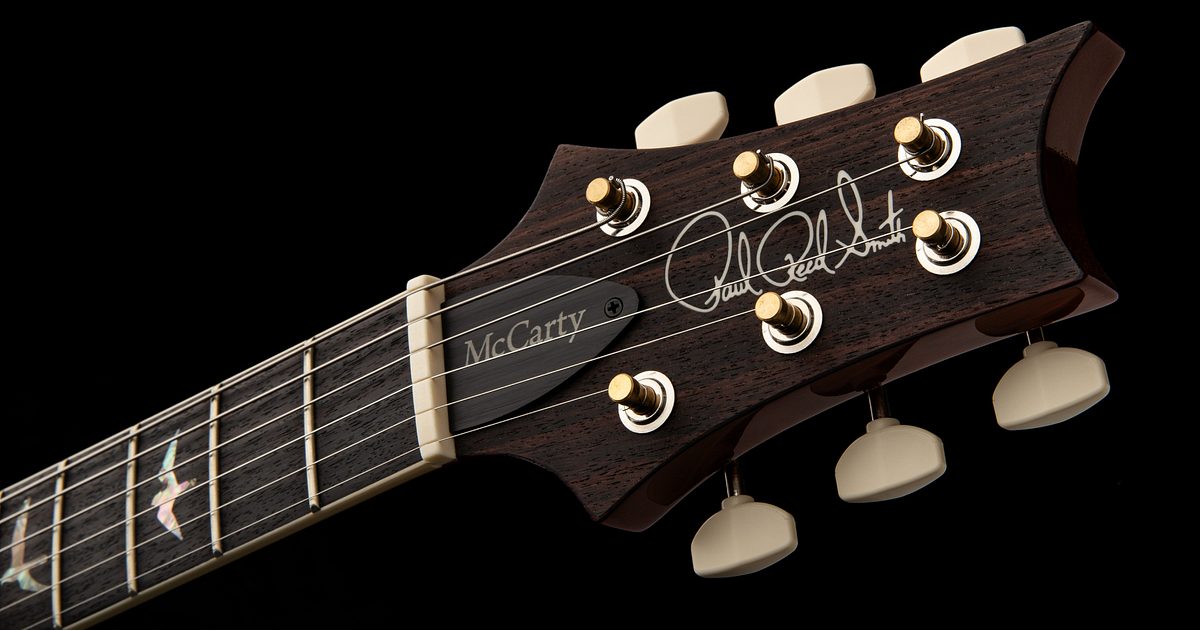The low-mass issue in this context, is mostly marketing. A couple years ago, PRS switched the tuners on the Core 594s. They went from Gotoh (made in Japan) Phase 3 locking tuners, to Han Chang (made in Korea) non-locking tuners. It is about money more than mass.
Gotoh Phase 3s are made with cast bodies and aluminum locking collars and machined aluminum buttons.
The Han Chang vintage tuners are stamped metal bodies with plastic buttons. Han Chang makes the SE tuners…they are virtually identical to the Core vintage tuners, except for the brass shaft.
Stamped metal is much cheaper than cast metal. Plastic is much, much cheaper than machined aluminum. Those savings, at scale, amount to a lot of money.
The stamped tuners might be light, I don’t know, but PRS could have reduced Phase 3 weight with wooden buttons (they weigh next to nothing), but that is more expensive.
If non-locking is acceptable for 594 vintage tuners, why are all other Core models equipped with locking tuners? They likely reasoned they could get away with cheaper tuners on the 594 with a “vintage tone” sales pitch. That wouldn’t work with the other Cores, because those buyers wouldn’t bite on the vintage pitch.
The same pitch goes with the new winged tuners…PRS says it will improve tuning accuracy. That is mostly BS. Again, plastic is cheaper that aluminum. A wider button is easier to grip, but it does virtually nothing to improve accuracy. Gear ratio, above all else, dictates tuning accuracy. Higher ratios require more button turns to complete one post revolution. Thus, higher ratios allow for finer, more accurate adjustments.l than lower ratios. 22:1 > 18:1 > 15:1 > etc.


